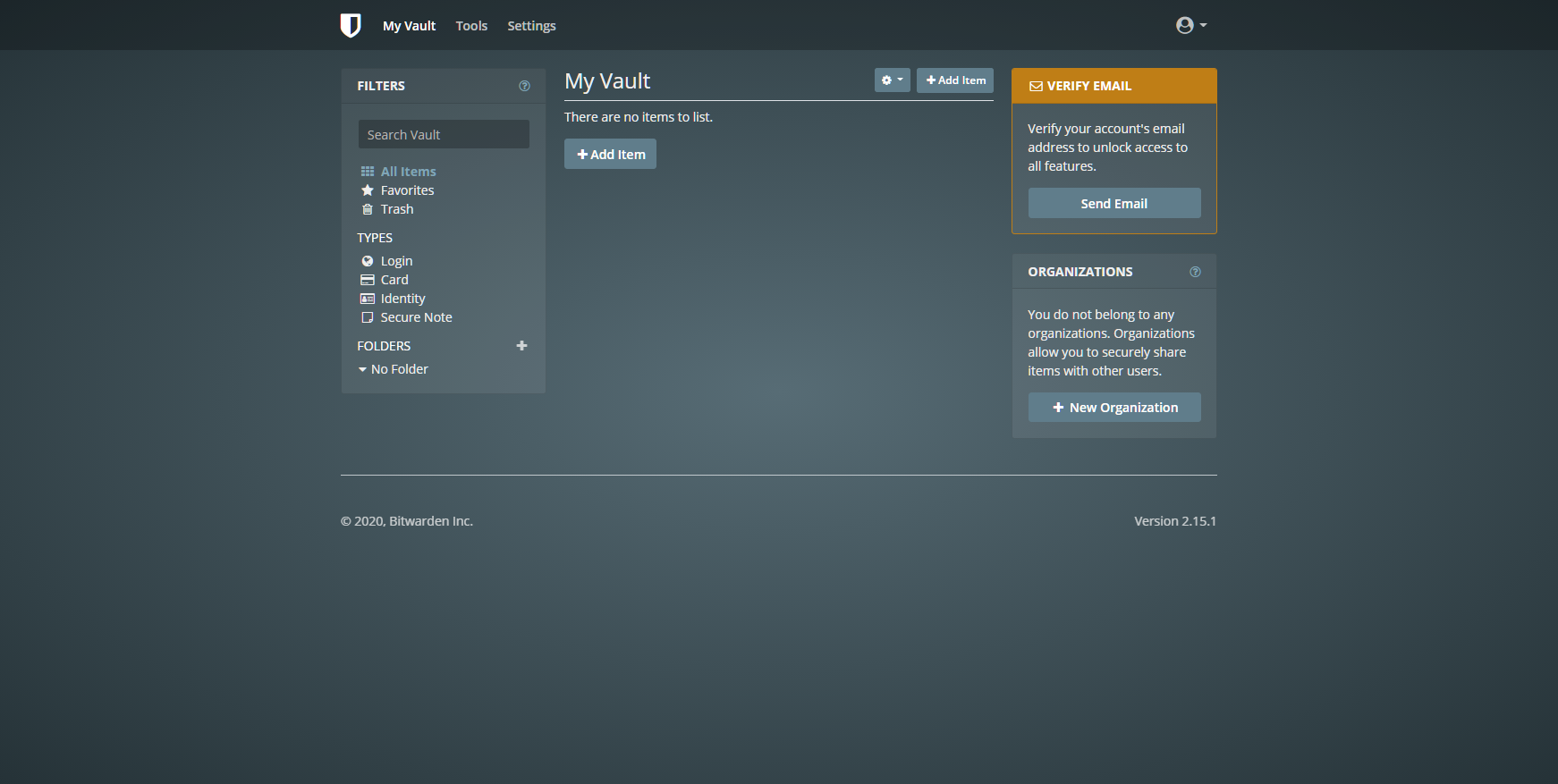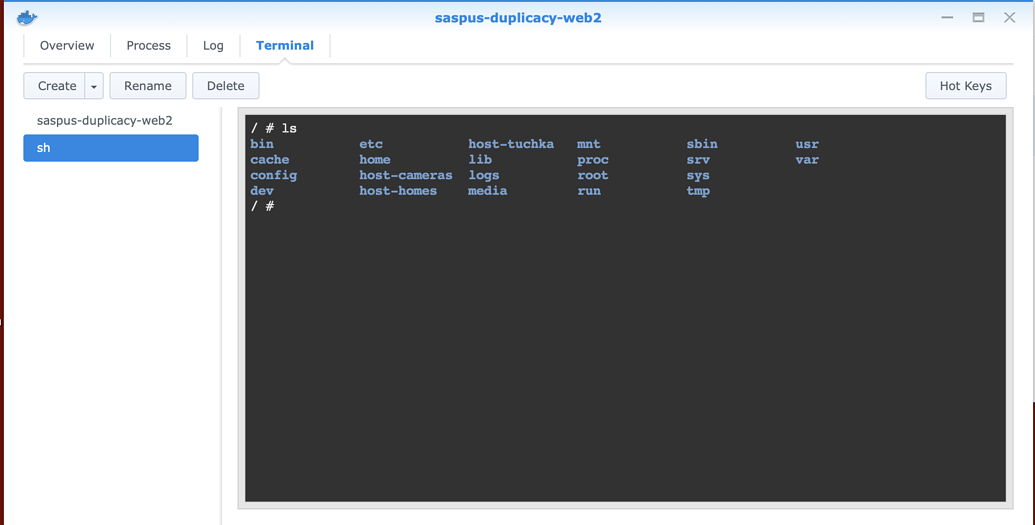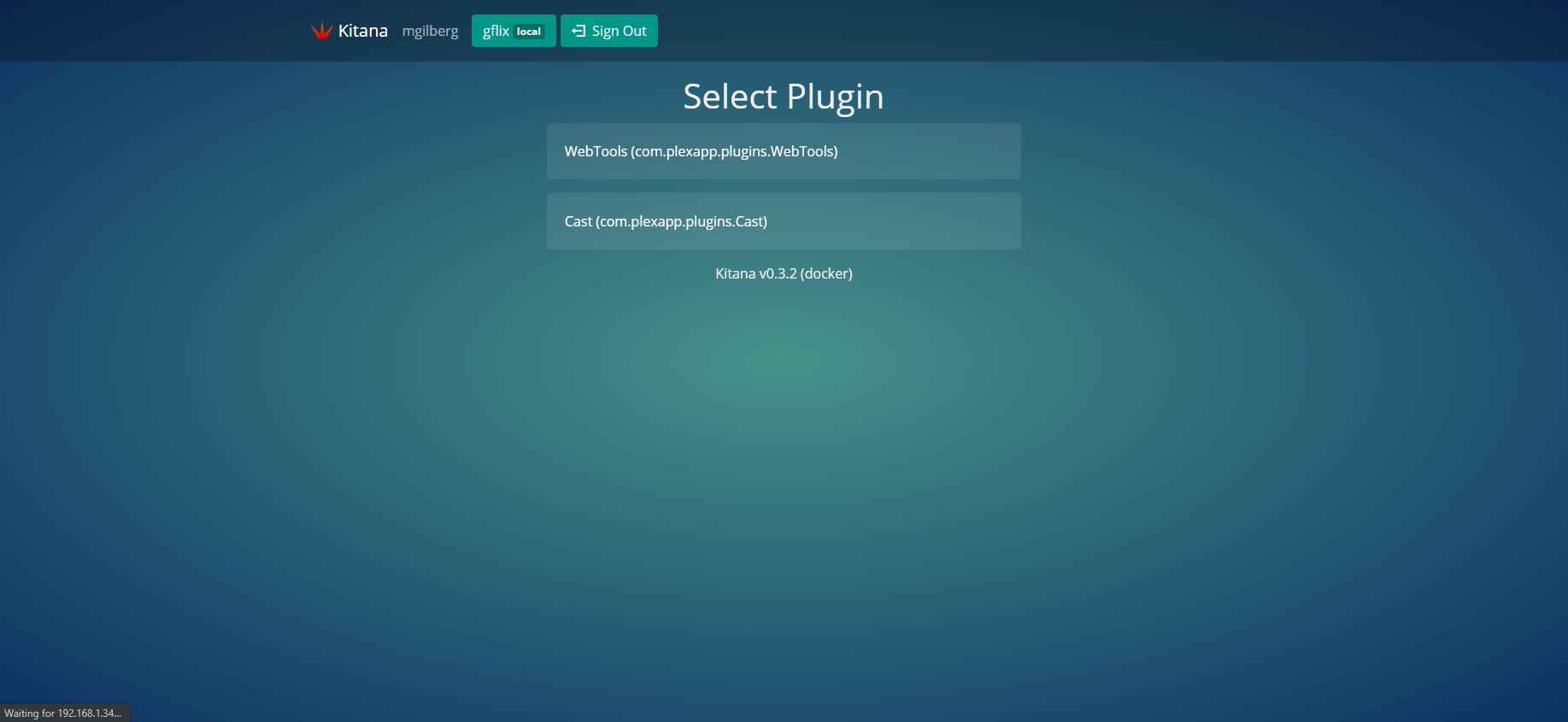
TZ=America/Detroit (fill in the timezone code for your preferred timezone).PGID=456 (fill in the current gid for your preferred group).PUID=123 (fill in the correct uid for your preferred user).Click the Env tab and add three (or four) environment variables:.

Add a bind volume mapping of /config to /mnt/service-data/librespeed.Click the “Map additional volume” button.Next, click the “Advanced container settings” tab.In my case, port 80 is already mapped externally by another container, so I chose 30001 for this one. Click the “Publish a new network port” button.I prefer to pin my images to a specific version, but you can use whatever version or level of flexibility you prefer. Image: ghcr.io linuxserver/librespeed:5.2.4-ls61.Since I will have only one, this nonspecific name is fine.) Name: librespeed (or whatever you want to call it.In my case, that’s in the local environment, then Containers tab. Navigate to your containers environment.In my case, that command will be mkdir /mnt/service-data/librespeed. Create a persistent data directory for Librespeed.Some of these settings may look dissimilar in different versions, though I would be surprised if they differed significantly. The specific stepsĪll of these steps are as of Portainer version 2.5.1 in summer 2021. Let’s configure a new Librespeed instance within Portainer. But if you do it right, it’ll probably be just fine. In other words, run these images via Portainer at your own risk. But as soon as I run into any trouble, I will toss Portainer out the window and go back to `docker-compose` in a heartbeat. Despite that, I recently have been trying it out and accepting the risk - so far, so good.

The LinuxServer.io team explicitly does not support running their images via Portainer. Regarding LinuxServer.io images and Portainer I tend to check here first when I need a new image. That’s because they’re easy to use, clear, and concisely documented. I’ve been using LinuxServer.io images for a couple of years. Our primary goal is to provide easy-to-use and streamlined Docker images with clear and concise documentation. At our core are the principles behind Free and Open Source Software. LinuxServer.io describes their organization as:Ī group of like-minded enthusiasts from across the world who build and maintain the largest collection of Docker images on the web. You can also read about how I run the Unifi controller, how I run Plex, how I update DuckDNS, how I run Duplicacy., and how I run Heimdall.

This is my sixth post documenting containers I use at home. This post is about how I set it up using LinuxServer.io’s image. And since it’s hosted internally, my test results don’t include any uncertainty due to my home internet connection. Librespeed is a great tool that I can self-host internally and confirm my network changes had the impact I expected. But how do I know I didn’t make things worse than they were when I started? The answer is Librespeed. Combine all of this with a pandemic and work-from-home and, I’ve found myself going hog wild on my home network. I’m also half a DINK with plenty of time and resources. The nerdiness comes through in not only my academic and software development background, but also in my tendency to tinker with old hardware, networking, services, etc. I’ve been a computer nerd for a long, long time.


 0 kommentar(er)
0 kommentar(er)
